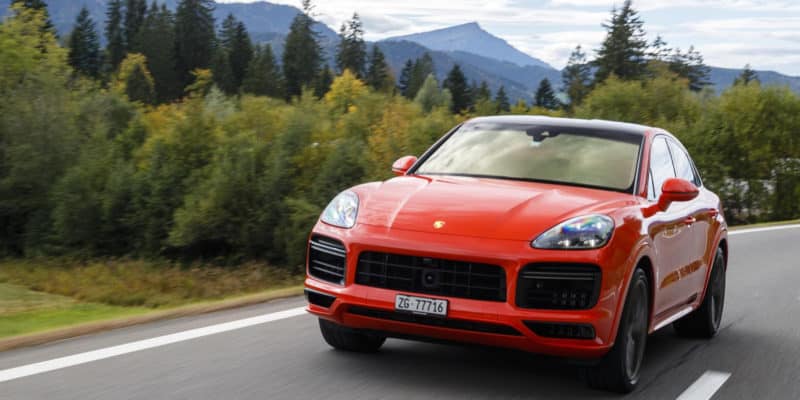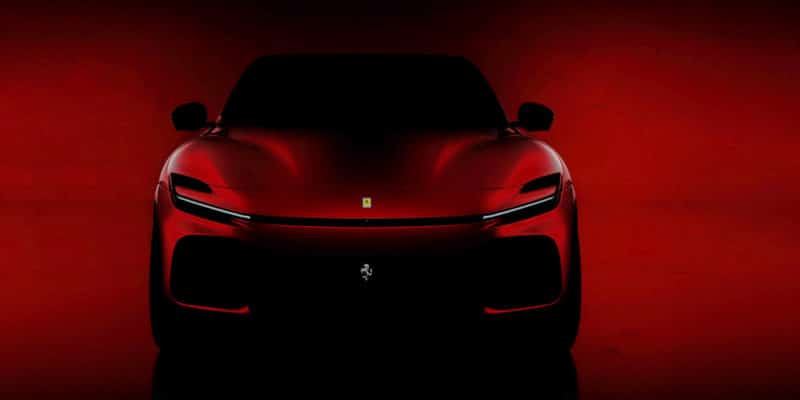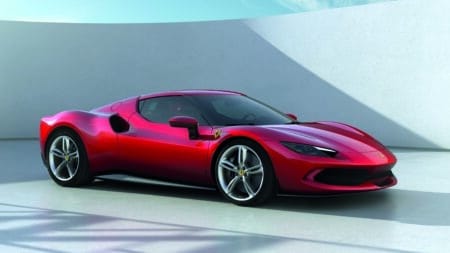Di Montezemolo left the business at the end of 2014, after losing a boardroom battle with Sergio Marchionne. Italian lawyers they both were, but their outlooks could scarcely have been more different: Luca was (and remains) old school, a purist dedicated to the long term preservation of the same values and vision as had Enzo Ferrari from the start. Sergio was an accountant and a businessman who believed in scale and margin.
Marchionne died after a short illness in 2018 but by then Ferrari was already an unrecognisable company compared to the one di Montezemolo had departed four short years earlier. At Luca’s last press conference, held at the 2014 Paris show, Marchionne told me Ferrari would continue to ‘make two-door sports cars not SUVs or four-door cars’, that he was happy with the then-annual production volume of around 7000 cars and that there was nothing in the rumour that he wanted to raise that number to something nearer 10,000 units. But actions speak louder than words and by the time of his death he had green-lit the SUV and production was already being ramped up. In a Covid-affected 2021, Ferrari sold over 11,000 cars.
What happened? Bluntly, Ferrari went public. Marchionne’s first big move upon acquiring control of Maranello was to launch an IPO on the New York stock exchange, which happened at the end of 2015. And the moment it did, the approval of the SUV became not a matter of if, but solely when.
Because if you are trading shares, and raising money from your shareholders, your overwhelming obligation and financial future rests on your ability to provide them with value. And when it comes to that, there is no beast better in the world of luxury automobiles than the SUV, which is why in the last 20 years Porsche, Bentley, Lamborghini, Maserati, Aston Martin and even Rolls-Royce have launched SUVs with no relevance to anything they have created in their past whatsoever. McLaren alone has resisted the siren call.

Cayenne SUV has delivered soaring profits for Porsche
Porsche
In purely business terms, the luxury SUV is pound for pound (Sterling) almost certainly the most financially successful automotive form there has ever been, and that is because it has broken a maxim so old, established and generally accepted within the business that it held the status of almost physical law: you can build a car to sell in big volumes, or you can build one with big margins, but you can’t do both. With an SUV you can.
So be in no doubt that the Purosangue, late to the game though it is, will transform Ferrari’s sales landscape and will push the number of cars nosing their way out of the famous gates and howling up the Via Abetone far beyond even today’s levels. The question is whether this is a good thing for anyone other than a Ferrari shareholder.
There will be plenty who quite understandably think it is not; that Ferrari is diluting its brand in both quality of product and quantity produced. They’ll say, probably with some justification, that Enzo will be achieving escape velocity in his grave. That a Ferrari SUV is a Ferrari in name alone.




